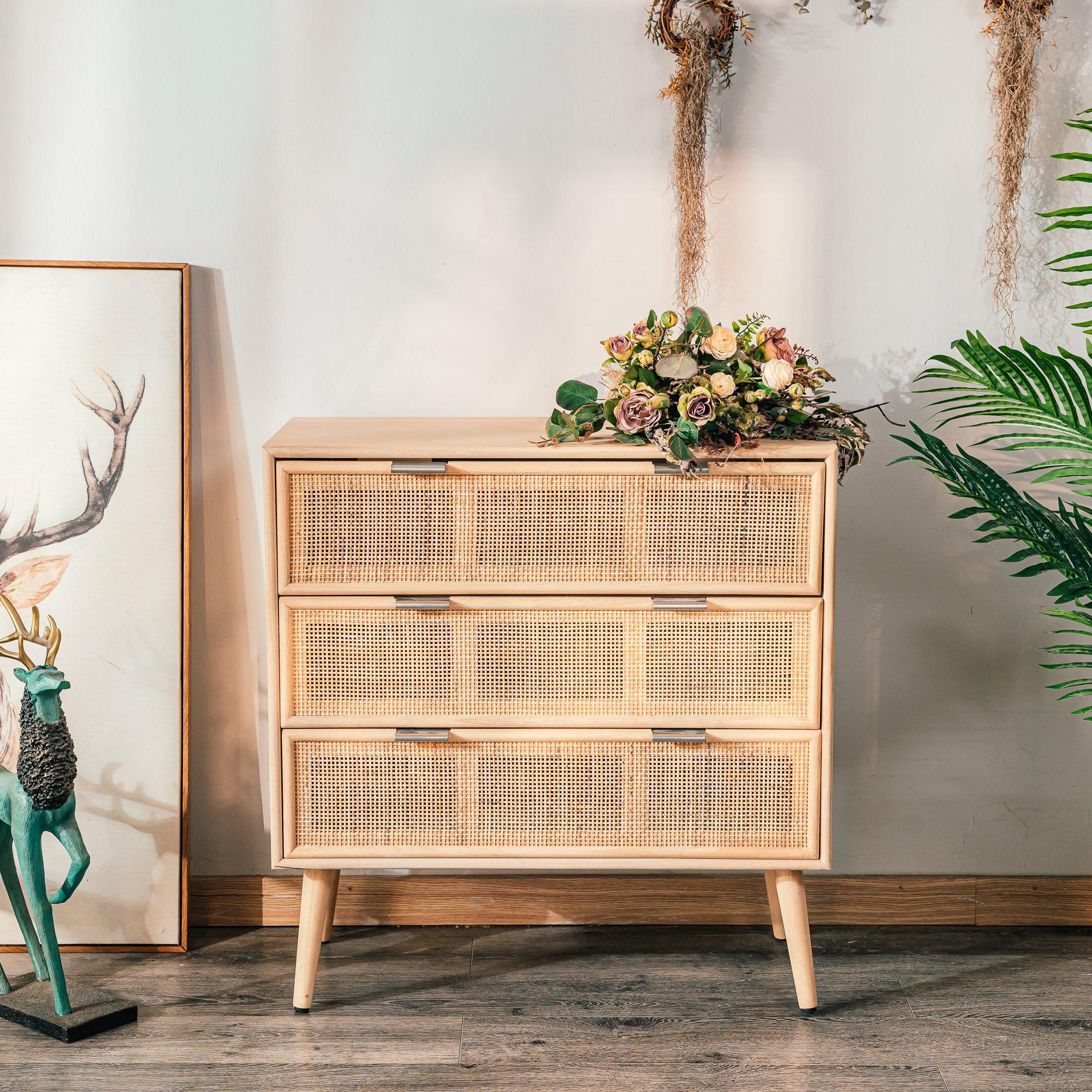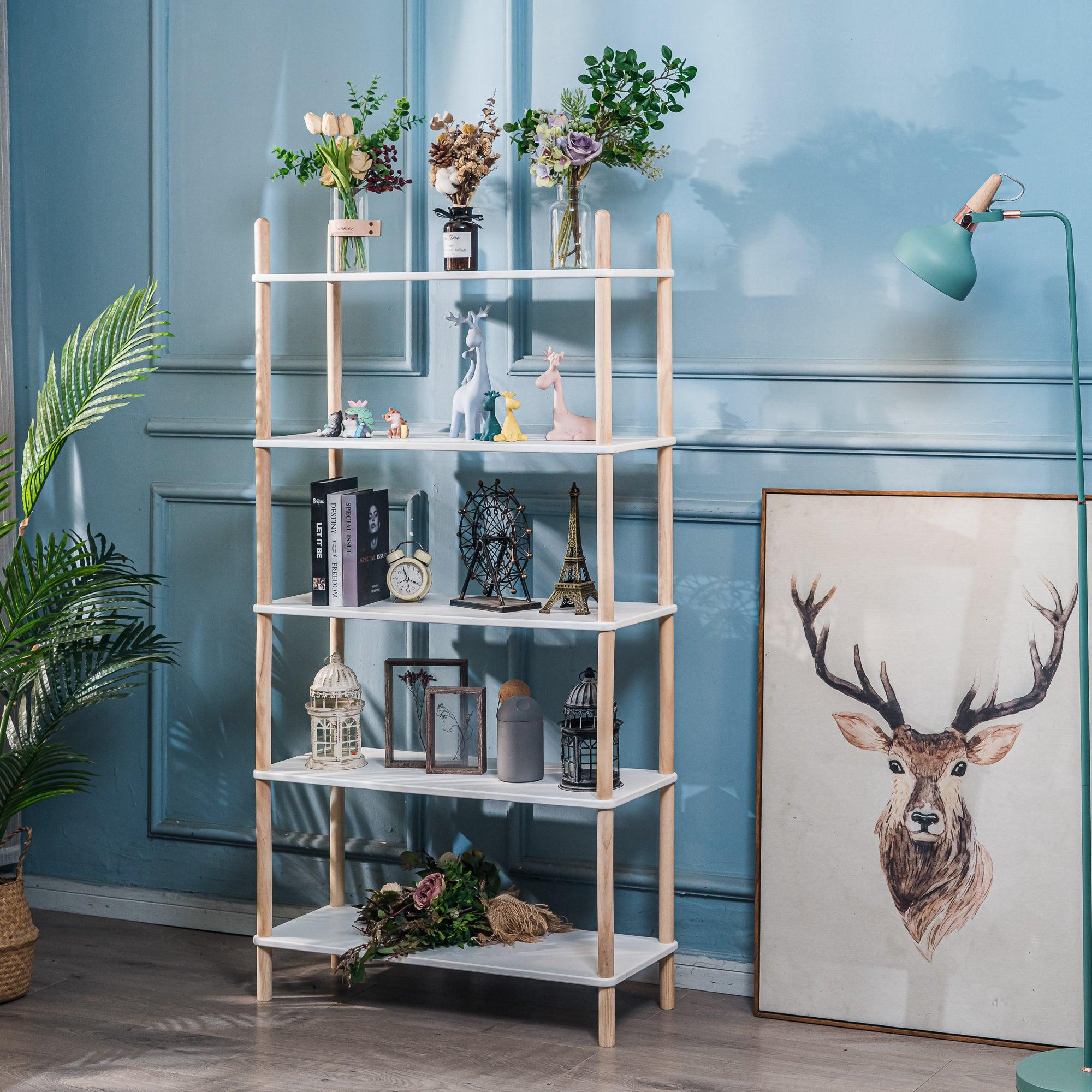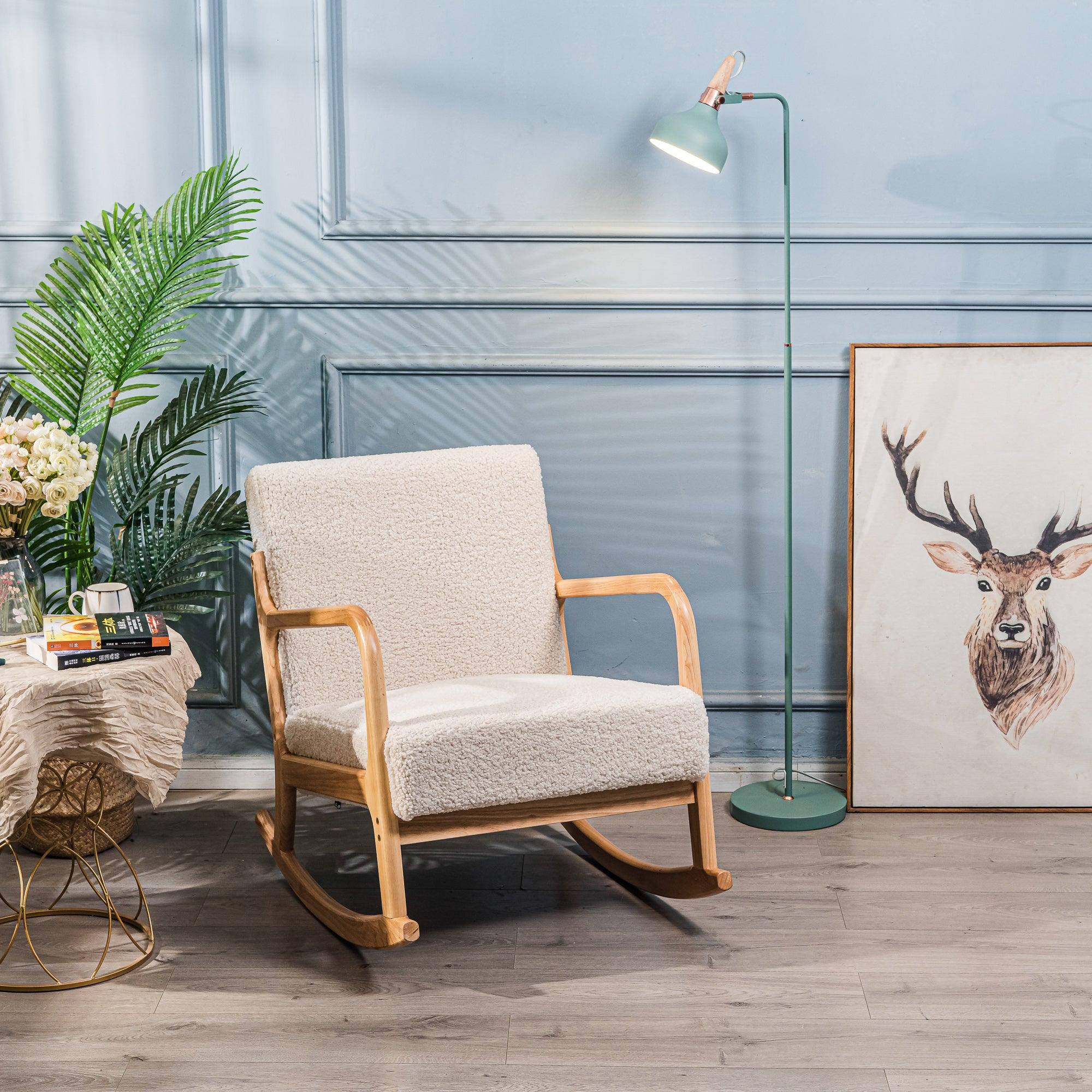Are you preparing for your baby's arrival? Or maybe you're already parents and want to renovate your child's room? The only problem is, you have no idea where to start?
Creating a space where your child can play, draw, sleep, and be organized is challenging. That's why it's important to carefully think about this special room, a cozy little cocoon for your child.
Here are our 8 tips for setting up your child’s room.
1. Choose a Soft and Calming Color
We now know that colors affect our moods. Red, for example, is not recommended in a bedroom because it's too stimulating. Opt for soft and calming colors like sky blue, beige, light gray, or powder pink.
Choose pastel tones for an even more harmonious result. And make it gender-neutral! Pink can look beautiful in a boy’s room just as well as in a girl’s room.
Choose colors you like, without limiting yourself to stereotypes. Let your creativity flow: mustard yellow, khaki, cream, and gray are all trendy and pleasant colors for a child’s room.
Don’t forget to play with lighting, which highlights colors and helps create a cozy and calming atmosphere. A soft light on the bedside table or a little nightlight adds a warm, soothing touch.
2. Don’t Overload the Room with Furniture
To create a calm atmosphere in your child’s room, avoid overloading it with too much furniture and objects. Excessive items can feel overwhelming. Keep it simple: a bed, a dresser for clothes, a toy chest, a small bedside table, and, depending on age, a changing table.
A minimalist decor will encourage better sleep and help your child feel rested.
For a decorative touch, a small shelf will do the trick. However, avoid covering the walls with pictures or posters! Keep it simple, especially with what you hang above your child’s bed. Two or three pictures can stimulate your child’s imagination and creativity—choose them well!
Depending on the room’s flooring, add a rug to define a play area or to soften falls.

3. Have Practical Storage – Furniture That Encourages Organization
Children come with lots of things to store! Don’t forget to create storage options in their rooms for toys, clothes, books, diapers, and other essentials that accumulate over time.
Always choose furniture that can serve multiple purposes. This is more economical but also more eco-friendly and sustainable. Your child will grow, so furniture that you like too can be reused later in different ways.
Start teaching your child about organization from an early age (boys and girls alike). Make it fun! Children learn order by seeing it in action. In a tidy space, your child will learn that everything has its place.
Choose accessible furniture, easy to use. The more practical the furniture, the more inclined children will be to stay organized!
4. How to Choose Your Child’s Bed?
From ages 3 to 5, you won’t need to buy a new bed every year! An adjustable bed grows with your child. It’s not only economical but also eco-friendly. Some come with extra storage before transforming into a “big kid” bed.
Consider bed height carefully. It affects your child’s independence. Will they be able to get in and out of bed on their own, or will they need help?
Here are some guidelines for bed sizes:
- Before ages 2-3: an adjustable bed is most advantageous
- Ages 2-6: choose a 70x140 cm bed
- Up to age 8: a 70x160 cm bed can still work
- Gradually move to a 180 cm bed as your child grows
Avoid loft beds or bunk beds before age 6. After this age, these bed types save valuable space, especially in apartments.
5. Involve Your Child
Imagine someone entering your room and changing all your decoration? Does the idea sound appealing to you?
With your child, it's the same! The more you involve them in designing their little space, the more they will feel comfortable there. They are old enough to understand the whole process—choosing colors, furniture, materials. And they are old enough to have their own tastes!
Trust them and give space to their creativity and personality. This way, they can better claim their space, especially the concept of order mentioned earlier in this article.
This design process gives your child a responsibility that will make them feel more “in charge” of their space, their "place".

6. Choose the Materials
Your child's room should be harmonious so they can feel comfortable. Natural materials are calming and perfect for creating a warm atmosphere. Discover all our tips for creating a natural decoration in this article.
There are several ways to integrate natural materials into your child's room.
Choice of floor materials:
- wooden parquet with a natural fiber rug
- neutral or wood-effect laminate flooring with a rug
- carpet reduces small bumps but gets dirty quickly
Choice of textile materials:
- prefer natural fiber fabrics
- also check what materials are inside your furniture, like padding for example. At Nordlys, the fabrics in our padding are OEKO-TEX certified for healthy and durable composition.

7. Create Specific Activity Zones
Your child's room is a bit like their home, "their apartments" as we would say! They build their world in their own way. To help them fully develop their creativity, set up dedicated spaces for certain activities together.
- The play, arts, and drawing corner
- The sleep corner
- The office corner to work
- The relaxation and reading corner (preferably away from noise)
- The clothing corner with a dresser
Each space can be delimited by rugs on the floor, for example, or by using wallpaper or different colors on the walls.
Finally, spaces can be separated by furniture. For example, a small child's armchair can create a reading space. Think carefully about the layout to create a minimalist room where spaces are clearly defined.
And don’t forget yourself! Since you spend enough time in your child's room, treat yourself to a comfortable rocking chair!
8. Focus on Safety
Finally, safety is a key element in creating your child's room.
Dangers are numerous and can be found everywhere. Therefore, you must pay attention to:
- secure furniture to the wall to avoid accidents
- prefer non-toxic and durable materials for paints and floor coverings
- avoid using cold finishes like tiles
- control access to windows and stairs if present
- be mindful of furniture corners
- be careful with the placement of heavy objects, avoid putting them up high
- place electrical outlets high, and choose socket covers or child-safe outlets
Conclusion
To create a soothing cocoon for your child, start by choosing calming colors and natural materials. Don’t overload the space with furniture; it should remain minimalist, functional, and practical.
If they are old enough, involve your child in creating their room. Their tastes, as well as their responsibility, will give them the tools to keep their space tidy and harmonious.
Pay special attention to the choice of bed, flooring materials, and fabrics used.
Finally, create specific zones for each activity while ensuring the spaces are safe. Now it's your turn!



